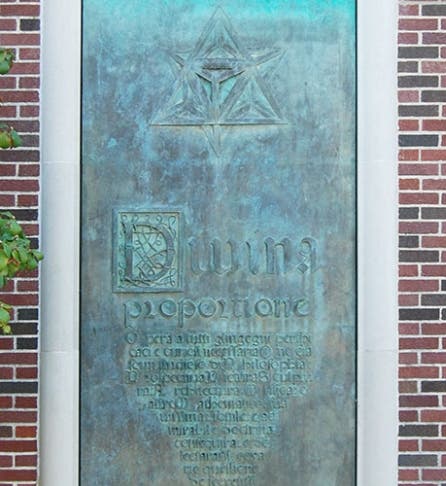Scientist of the Day - Bruno Bearzi
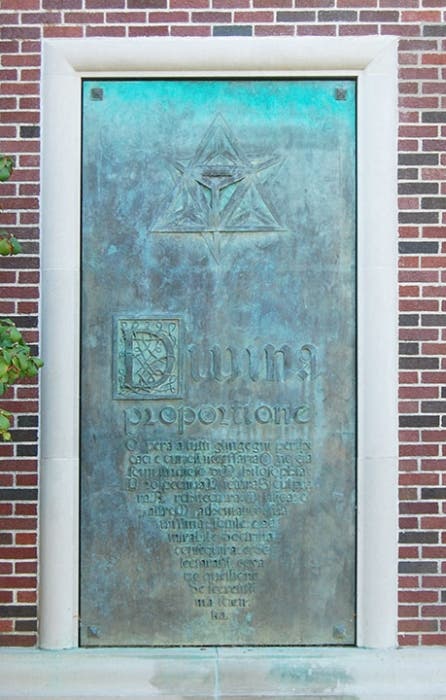
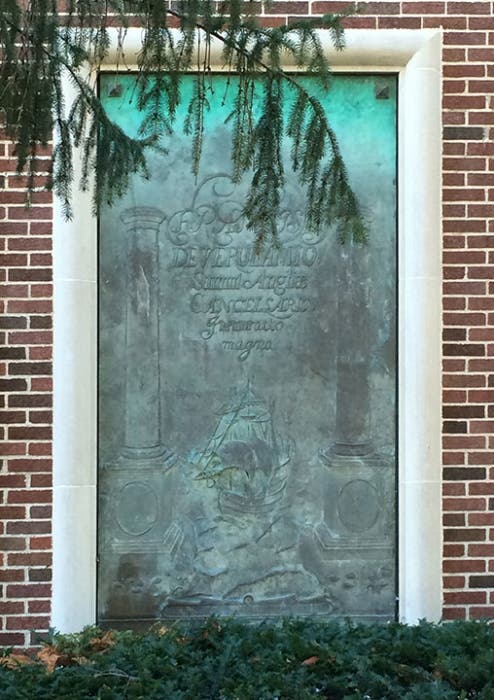

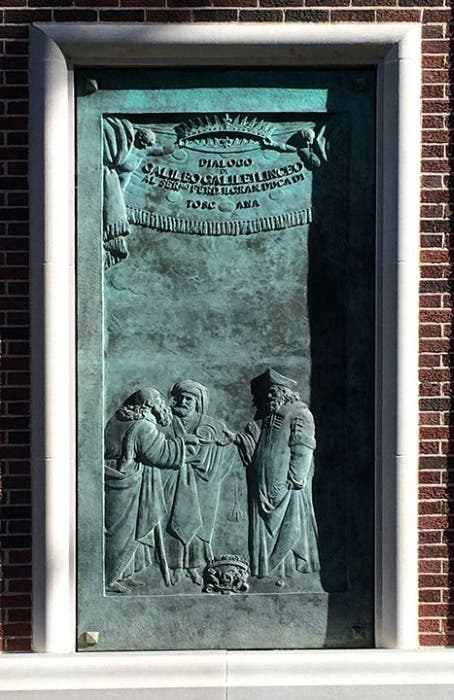

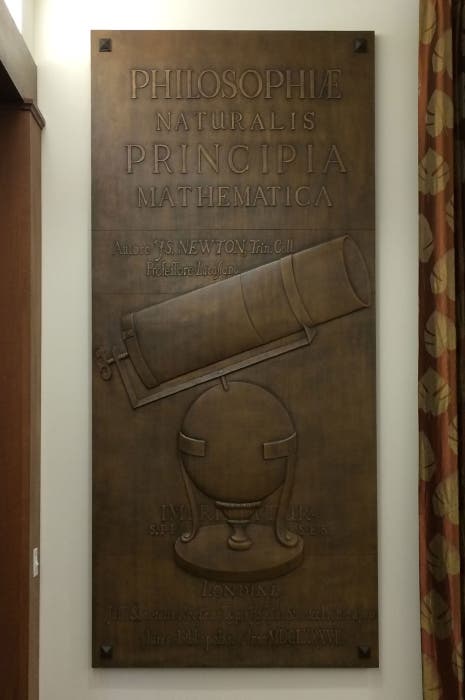
Bruno Bearzi, a Florentine foundryman, was born Nov. 19, 1894. Bearzi is best known for his restorations; during World War II, he restored the famous bronze doors by Lorenzo Ghiberti--the "Gates of Paradise", as Michelangelo called them--on the Baptistery in Florence, making a careful set of casts at the same time, and then, after the flood of 1966, he restored the doors again, and then used the casts to make replicas, which is what you see if you stand outside the Baptistery today. You must go inside the Museo di Duomo to see the original doors. You can see another set of replica doors, made by Bearzi from the original molds, in the doorway of Grace Cathedral in San Francisco.
But to us in Kansas City, Bearzi is best known for two foundry masterpieces: the statue of St Martin of Tours that surmounts the Volker fountain on the Plaza, and the 6 bronze panels commemorating landmarks in the history of science that adorn the exterior walls of the Linda Hall Library’s west wing, added in 1965. The panels were commissioned in 1964 and took 3 years to complete and install. Each is some 7 feet tall, and they depict (in the order shown above): the title page of Luca Pacioli's Divina proportione (1509), with one of Leonardo da Vinci's woodcut polyhedrons; the engraved title page to Francis Bacon's Novum Organum (1620); Galileo's telescopes, with some added elements from the title page of his Il Saggiatore (1623); the frontispiece of Galileo's Dialogo (1632), with Aristotle, Ptolemy, and Copernicus in animated conversation; an engraving of an imagined visit by Louis XIV to the Academie des Sciences in Paris, and Isaac Newton's reflecting telescope, with the added title from his Principia (1687). You will notice that the last two panels have a different finish; when the Library expanded in 1993, these two were moved into the auditorium, and a decision was made to refinish them to match the wooden paneling. But the four outside still have the beautiful verdigris patina for which Bearzi was famous. His bronze panels provide a unique touch to a unique library.
Dr. William B. Ashworth, Jr., Consultant for the History of Science, Linda Hall Library and Associate Professor, Department of History, University of Missouri-Kansas City

